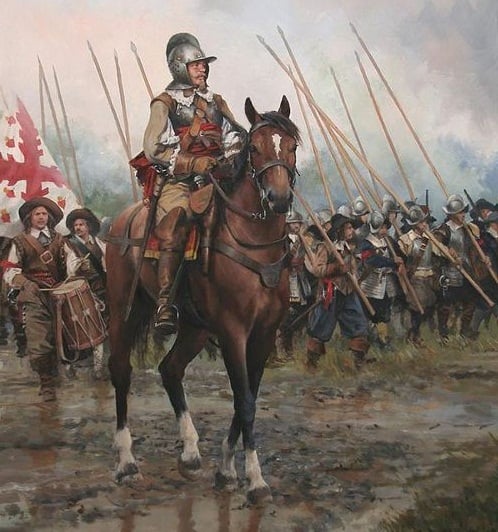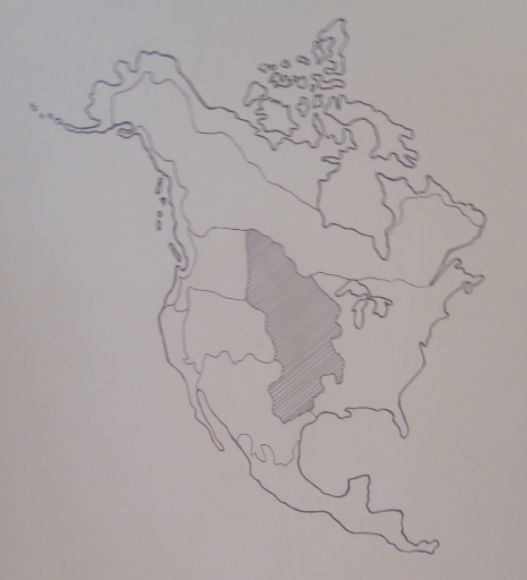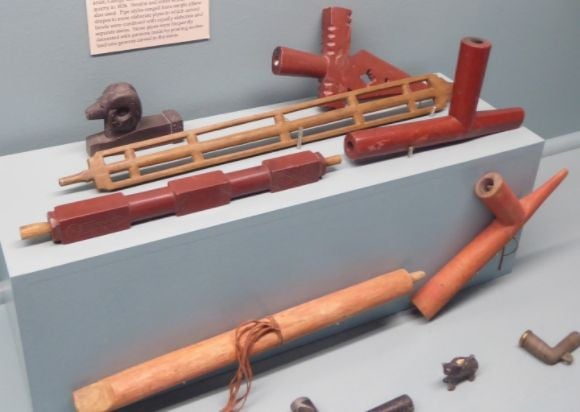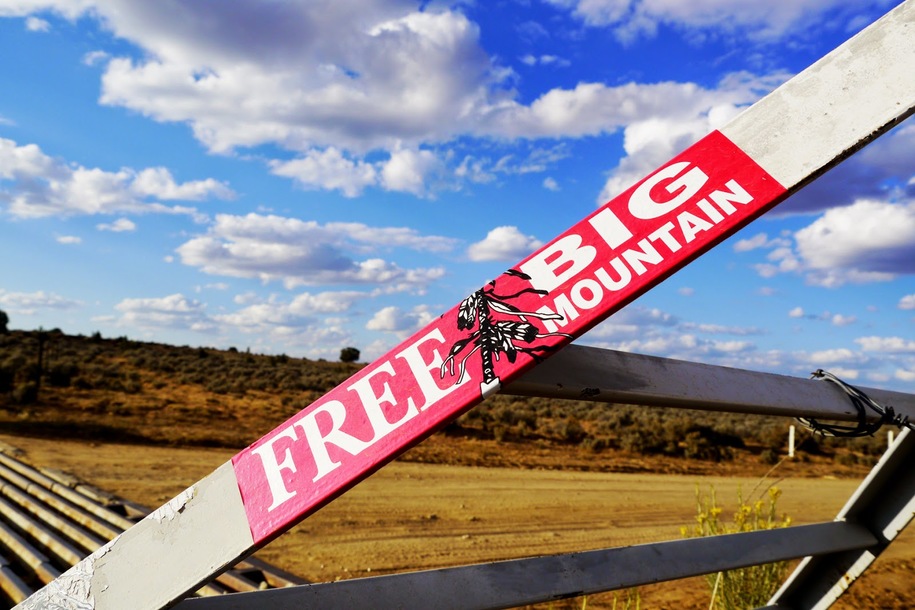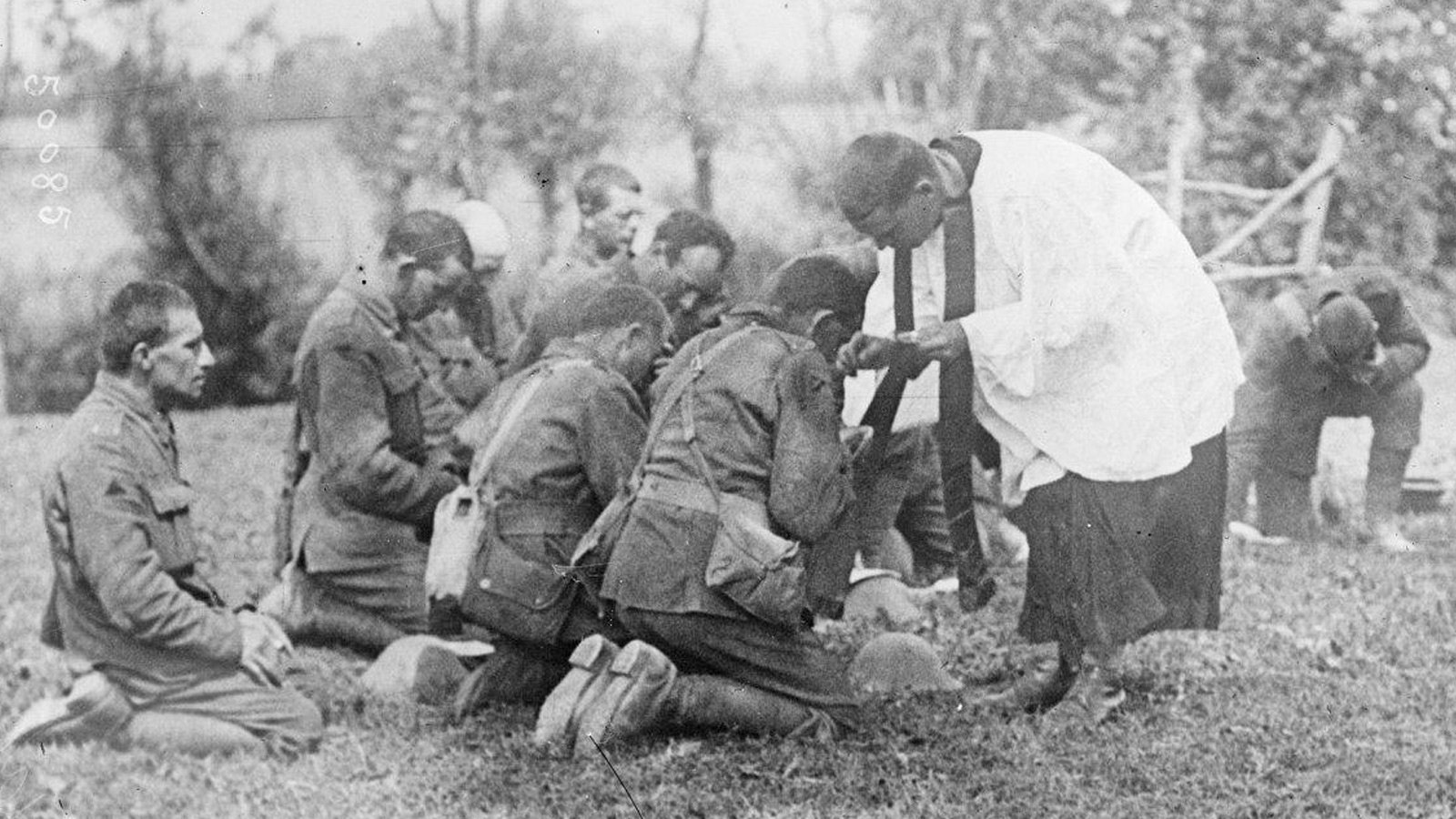The Zuni and the Spanish in the 16th Century
For thousands of years, American Indian people in the Southwest farmed the land and built their villages, called pueblos by Spanish, with multi-story houses, plazas, and underground ceremonial chambers known as kivas. While the Pueblos are usually lumped together in both the anthropological and historical writings as though they are a single cultural group, they … Continued
